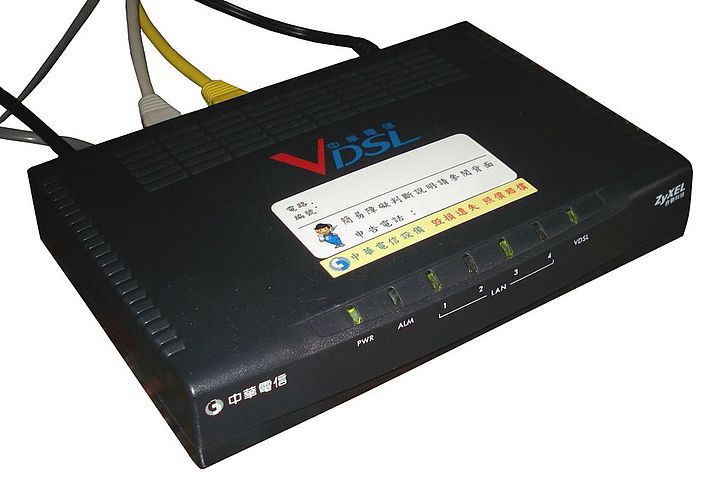

#MODEM VS ROUTER WIKIPEDIA TV#
Step 6: The media access control (MAC) and processor separate the bitstream from digital TV data, if needed. Step 5: The error correction module checks that the conversion is correct. Step 4: The ADC reverts the digital wave into a bitstream. Step 3: The demodulator sends the digital wave to the analog-to-digital converter (ADC). Step 2: The demodulator separates the digital wave from the carrier wave using quadrature amplitude modulation (QAM). Step 1: The modem’s tuner receives your internet provider’s modulated analog signal from the coaxial cable and moves it to the demodulator. Here’s a short list of what happens after your provider’s signal enters your home: For Wi-Fi, the router performs its own modulation and demodulation. In turn, the router sends the data through other Ethernet connections as electrical impulses.

That all said, a modem sends the extracted data through an Ethernet cable that’s received by the router. This pulse method is one of the reasons why fiber is better than cable, DSL, and satellite because there’s no adding and subtracting data from radio waves-just a Morse code-like deciphering of pulses. Moreover, these light pulses can reach 60 miles before they begin to degrade.Įthernet uses a similar pulse method, but it relies on electrical pulses (signals) rather than light to send data between two points. For instance, a single pulse translates into a “one,” and no pulse equates to a “zero”-the two basic units of data. The modem must lift the digital raft from the electrical waters to extract the passenger ones and zeroes and send them on a subway train to your router.įiber internet doesn’t use carrier waves at all. In both cases, providers superimpose a digital wave of data onto these carrier waves to travel through its network-like a raft of data flowing down a river of electricity. Cable and DSL internet use RF carrier waves to send and receive data across copper wires. Regardless, translation needs to happen to get Ethernet-ready data across these three different road types. The differences generally come from the last mile connection to your home. The internet backbone is all fiber, and your internet provider’s core network is probably fiber, too. It’s all one big networking mess if you think about it.

Fiber is also Ethernet-ready, but it uses lines with glass fibers instead of copper wires, requiring the use of an ONT. So providers use a variety of other methods to send data, which aren’t Ethernet-compatible. Here’s the deal: internet data is already formatted for home network use on your ISP’s end, but there are no Ethernet cables between you and your internet provider. You need a modem to send and receive data from two different networking roads: your internet provider’s connection and your home network’s connection. Just remember you can’t access cable, DSL, or satellite internet without a modem or gateway (a router/modem combo). If your eyes just glossed over, we get it. Demodulation works in reverse-it separates the RF carrier wave from the digital data your home network can use. On a more technical level, modulation superimposes a digital wave onto an analog radio frequency (RF) carrier wave to send data to and from your provider’s internet network. The term “modem” is short for Modulator and Demodulator, which is what a modem does. It then repackages your luggage and sends it along a superfast subway connected to your home network’s Grand Central Station-the router. But if we use the sending and receiving station analogy, the modem receives luggage from a delivery truck that crosses a long bridge between the modem and your provider. So what does it do, exactly? We get into the nitty-gritty of it all if you want the hard technical details. It serves as your local shipping and receiving station. A modem is a device that sits between two networks-your local area network (LAN) and your internet provider’s network.


 0 kommentar(er)
0 kommentar(er)
